Steps to Picking the Right Goggles

Goggles Are The Ultimate Measure for Eye Safety
How To Pick The Goggles That Are Right For You
Windshields and sunglasses both help to protect your eyes while you ride, but, unless your helmet has the right full-face shield, the ultimate in eye safety is wearing goggles. The right goggles protect your eyes from anything coming at them from the side as well as from the front. Here’s a short guide to help you pick the right goggles for street riding:
Step 1: Pick the right lenses. You can buy several pairs or goggles, or buy one pair of goggles that has interchangeable lenses.
- Polycarbonate lenses are stronger, thinner, and lighter than glass and are usually treated for UV protection. However, because it’s more flexible than glass, it’s more easily scratched. Treatments that prevent this must be of good quality, with the same refractive index as the lens.
- ANSI-approved lenses have been tested and re-tested under extreme circumstances.
- For riding at night or on dark, overcast days, clear lenses are best.
- Tinted lenses keep the glaring sun out of your eyes. In general, the darker the lenses, the more sunlight they can block. Gray lenses let you see colors in their real hues. Green lenses enhance contrast when there’s not much light, but they also reduce eyestrain in bright light. Rose-colored lenses cut glare as well. Amber, orange, or yellow lenses reduce glare, but also increase contrast and definition of detail in low-light conditions.
- Transitional lenses grow darker as the light gets brighter, so you can wear them night or day, in sunshine or in shadow.
- Mirrored glasses seem private, but they also help cut glare, especially headlight glare when you’re using clear lenses.
- Especially if you use clear lenses, look for polarized lenses that have been treated to block UV rays. Note, though, that polarized lenses can affect the visibility of some LED lights.
- You can get prescription lenses for goggles, but they are expensive. Instead, you can buy goggles that fit over your glasses, or wear contact lenses.
Step 2: Check the fit. Most goggles have adjustable straps. But you’ll want to be sure they adjust enough to fit you well.
- For stop-and-go-driving, look for goggles that allow some airflow to prevent fogging, or lenses that have anti-fog coating. For other rides, you’ll want goggles that fit well enough to keep the wind out.
- Be sure the straps are long enough so that the goggles are not too close to your eyes and fit snugly, but not too tightly.
- Be sure the straps go short enough to keep the goggles firmly in place. Loose goggles are distracting and don’t do the job of protecting your eyes.
- Don’t expect a good fit if you borrow goggles. Everybody has a slightly different cranial and facial structure—you need the goggles that fit you best.
- Be sure your goggles fit well with your helmet—not all of them will.
- If you notice pressure points when you ride, you can opt for more expensive goggles that have outrigger straps, and that should solve the problem.
Step 3. Buy the quality that suits your needs.
- Foam is what gives your goggles the fit that protects your eyes and is often the first thing to fall apart. A little extra spent on higher quality foam will add a lot to the life-expectancy of your goggles. Look for foam that is firmly anchored to the frames and is densest close to the frame. The foam should be softest where it will touch your face.
- Straps also wear out. Look for durability so you don’t have to replace your goggles before their time.





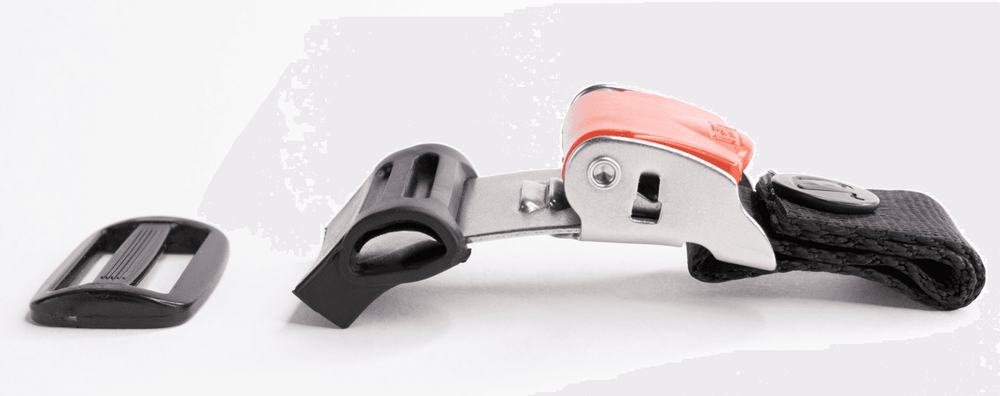
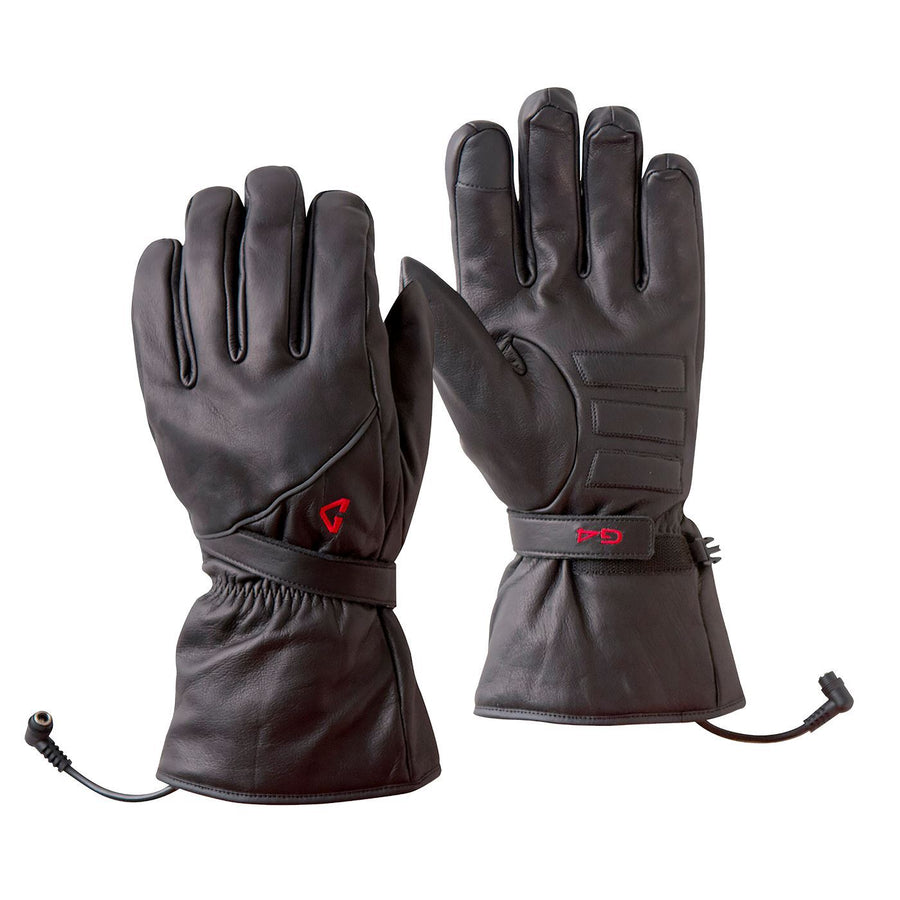

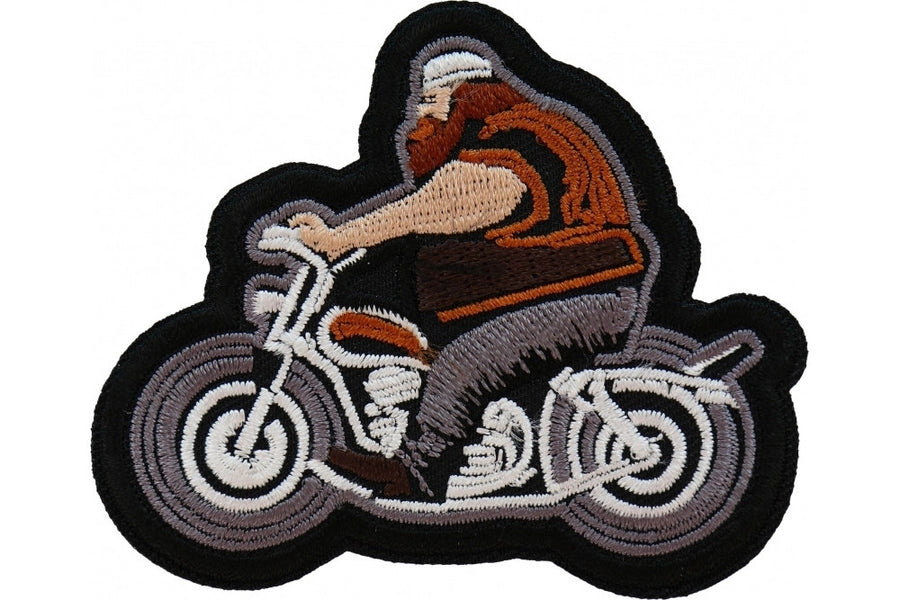

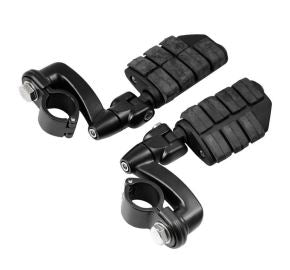


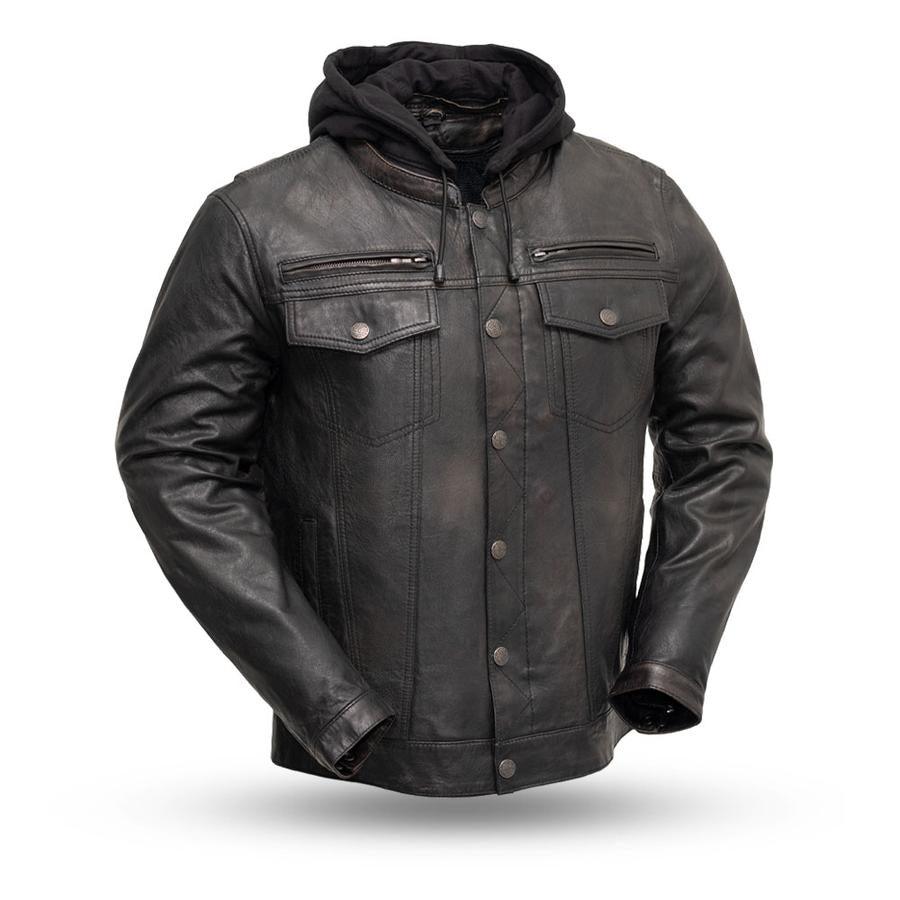
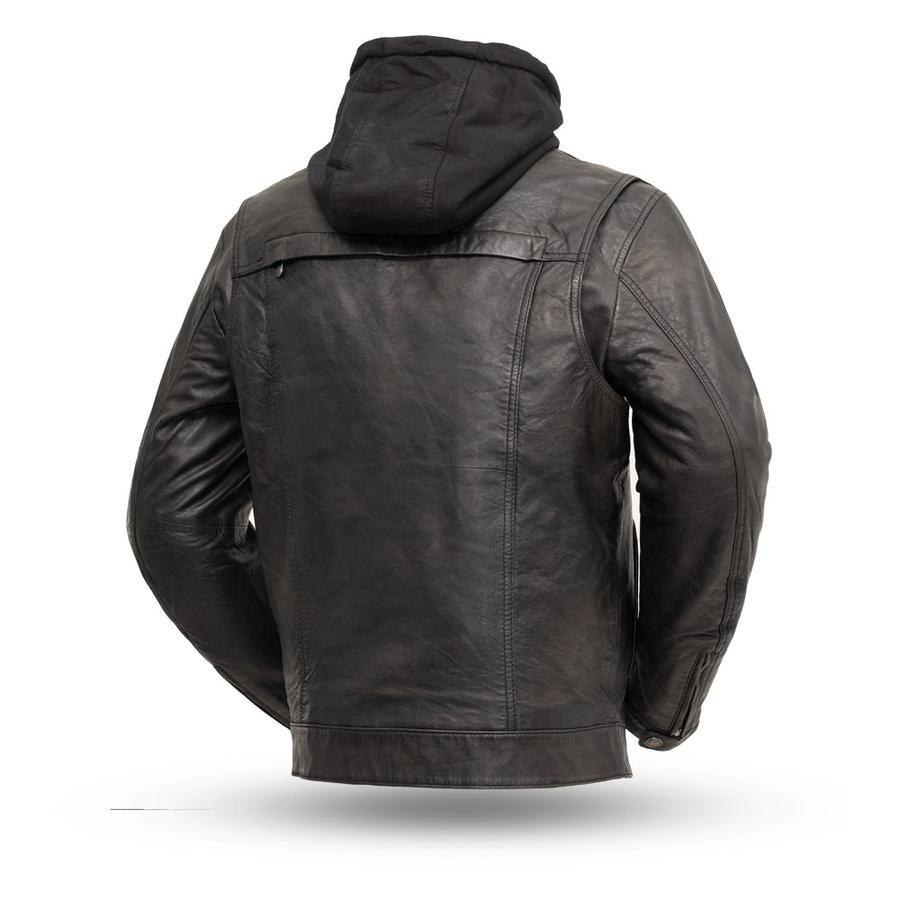
Leave a comment